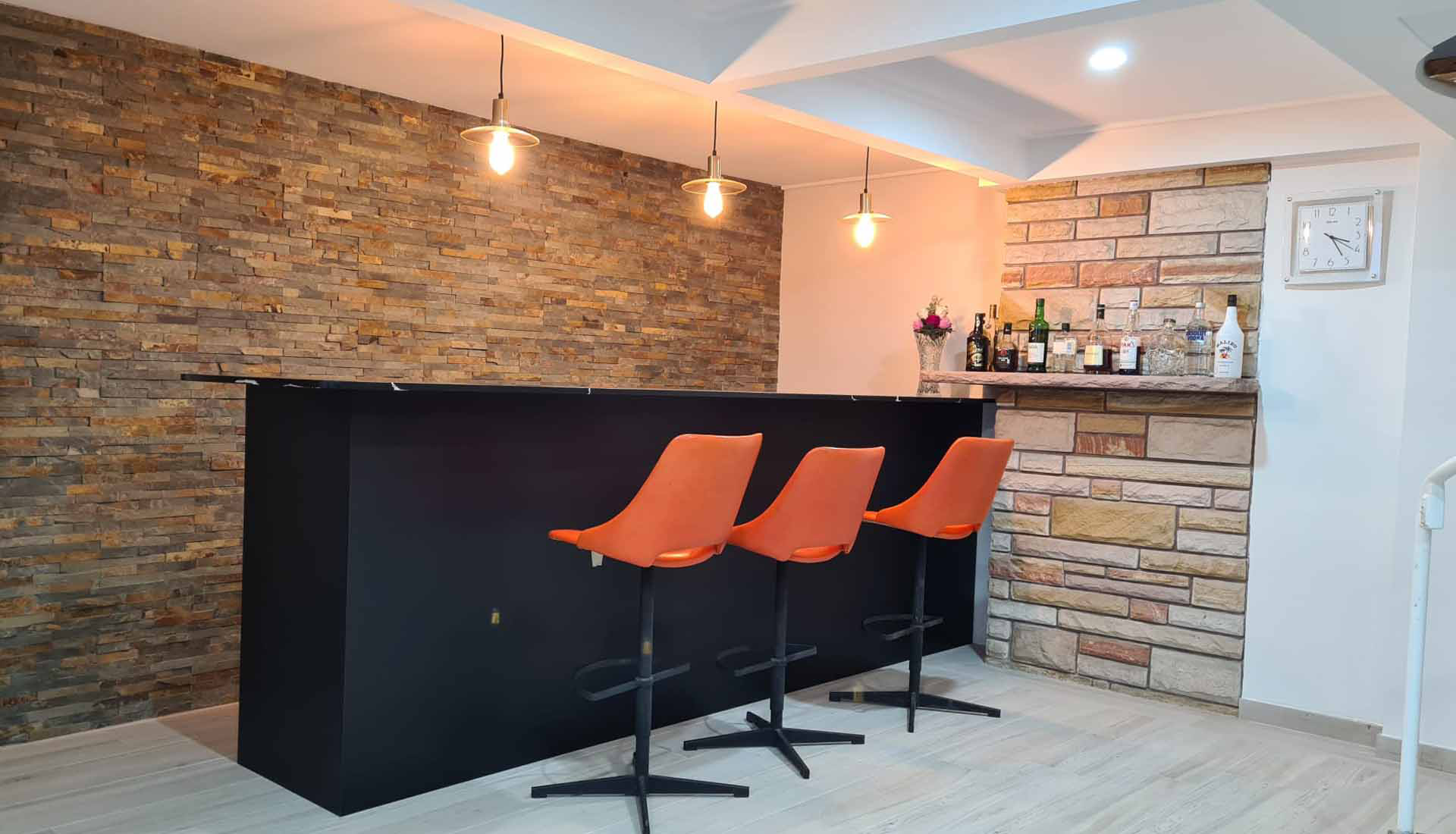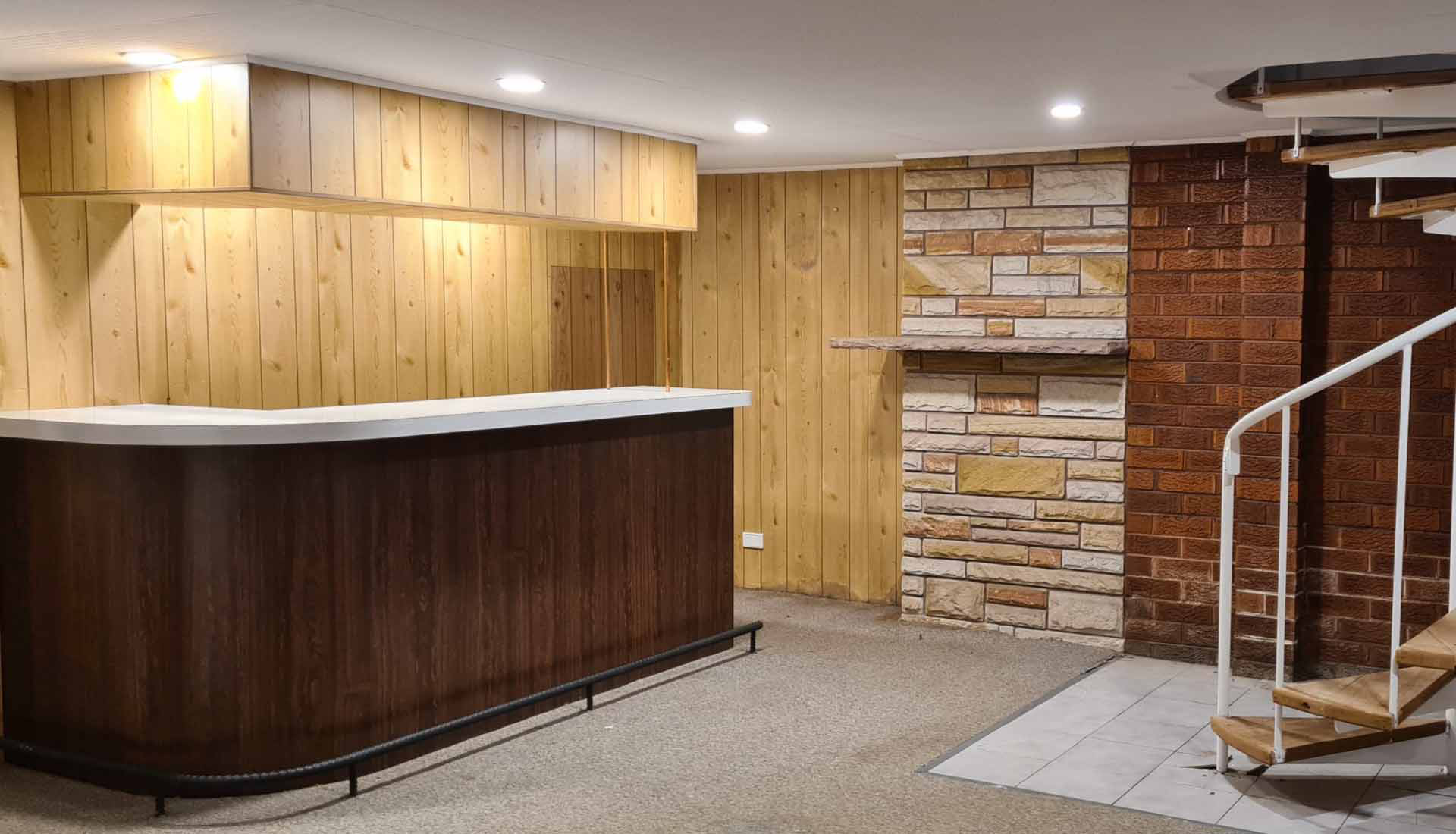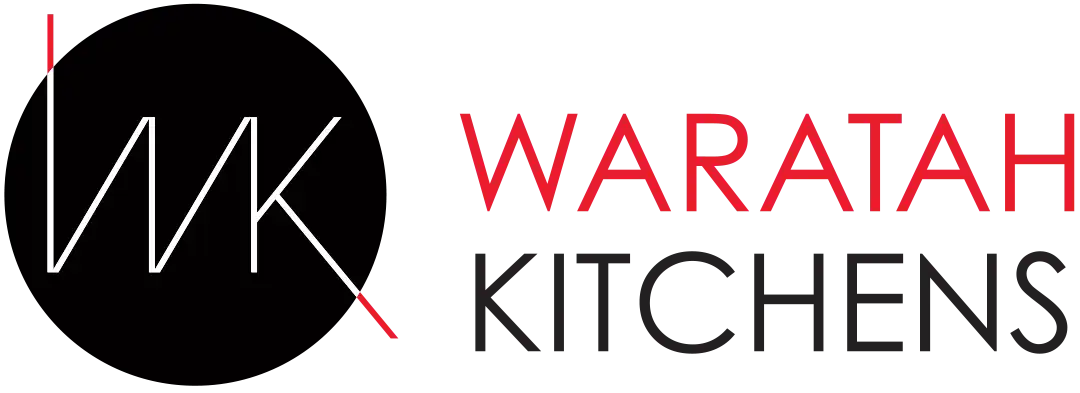Custom Joinery Castle Hill

Why Invest in Custom Joinery?
Types of Custom Joinery We Offer
At Waratah Kitchens, we create joinery for every room and purpose:
- Kitchens: Made to measure cabinets, pantry storage, islands and built in appliances.
- Bathrooms: Vanity units, shaving cabinets and linen storage.
- Laundries: Overhead cupboards, hampers, ironing boards and sink surrounds.
- Wardrobes: Walk in closets, hinged wardrobes, shelving and drawers to suit your wardrobe collection.
- Home offices: Desks, shelving and file storage that make working from home easier.
- Commercial spaces: Reception counters, display units and built in storage for shops and offices.
Planning Your Joinery Project
Choosing Materials and Finishes

The Waratah Kitchens Process
1. Consultation:
2. Design:
3. Detailed quote:
4. Construction and installation:
5. Handover:
Why Choose Waratah Kitchens for Custom Joinery in Castle Hill?
More FAQs about Custom Joinery Castle Hill
What does custom joinery include?
Custom joinery covers any built in furniture or storage designed for your space. This can include kitchen cabinets, wardrobes, shelving, vanity units, laundry fitouts and home office desks. The aim is to create storage that fits perfectly and matches your style.
How long does a custom joinery project take?
The timeframe depends on the project’s size and complexity. Most projects take three to eight weeks from consultation to installation. The design phase may take a week or two. Construction and installation usually take another two to six weeks. We provide a schedule when we finalise the design and keep you updated.
Is custom joinery expensive?
Custom joinery is an investment, and costs depend on materials, finishes and features. While it may cost more than flat pack furniture, it offers a precise fit, better quality and longer lifespan. We work with you to choose options that provide good value and meet your budget.
Can you make joinery for small spaces?
Yes. Custom joinery is ideal for small or awkward areas. We design cabinets and shelves to fit every corner, making the most of limited space. Pull out shelves, sliding doors and clever compartments help keep things organised without crowding the room.
What materials do you use for custom joinery?
We use moisture resistant plywood, MDF, laminate and solid timber depending on the application. Plywood and timber are strong and handle humidity well. MDF provides a smooth surface for paint. Laminates offer many colours and patterns. We recommend materials based on location, budget and style.
Do I need council approval for custom joinery?
In most cases, internal cabinetry does not require council approval. However, if you are making structural changes, adding plumbing or altering the external look of your home, approval may be needed. We check local regulations and handle any necessary paperwork.
How do I maintain custom joinery?
Keep your joinery clean by wiping surfaces with a soft cloth and mild detergent. Avoid abrasive cleaners. Check hinges and handles regularly and tighten them if needed. For timber surfaces, follow any sealing instructions and wipe spills promptly to prevent staining. With care, your joinery stays in good nick for years.
What is the difference between custom joinery and flat pack furniture?
Custom joinery is designed and built for your specific space and needs. It uses higher quality materials and construction methods, resulting in a precise fit and longer life. Flat pack furniture is mass produced, often made of particle board, and may not fit unusual spaces. It can be a cost effective option but often lacks durability.
How do I get a quote for custom joinery?
Start by contacting us to book a consultation. We visit your home or invite you to our showroom to discuss your needs. After measuring and understanding your requirements, we create a design and provide a detailed quote. This ensures you know what to expect before work begins.
Does custom joinery increase my home value?
Well designed joinery can make your home more attractive to buyers. It shows care and organisation, which appeals to prospective owners. Custom cabinetry also maximises storage and enhances the look of rooms. Although there is an initial cost, the added appeal can be worth it when you sell.
Related Reads:
